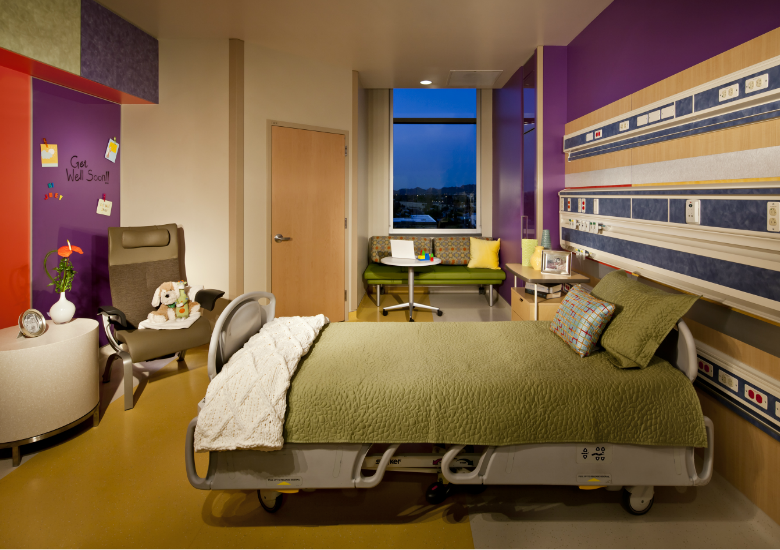Although it is hard to imagine, hospitals and the retail industry share some key characteristics; for example, both serve demanding and increasingly well-informed clientele, both hire a huge hierarchy of workers with differing levels of responsibility, and both have payments that are increasingly tied to customer/patient evaluations. Customer experience has always been a top priority of the retail industry, however it is only recently that hospitals have become interested in customer satisfaction. This is due to the fact that hospital reimbursements have become linked to patient satisfaction measures, like HCAHPS scores (Hospital Consumer Assessment of Health Care Providers and Systems) and Press Ganey surveys. Moreover patient satisfaction may also be a marker of clinical quality. A study published in the New England Journal of Medicine concluded that higher HCAHPS scores are associated with better clinical quality. Although there are studies that have shown that patient satisfaction scores are not always a valid measure of quality or effectiveness of care, there is nevertheless a need for hospitals to focus on improving patient satisfaction. The retail industry has spent decades of effort and resources to optimize their management structures and products so that they can achieve their goal of exceeding their customers’ expectations. Hospitals could adopt and adapt to some of these retail practices that might lead to significant improvements in patient satisfaction. So how can hospitals improve patient experience?
Hospital itself – Patients are often anxious prior to admission. To help reduce their anxiety, hospitals could remodel their entry way to be more welcoming, have a clean scent in the air that covers up the resident sweat and other obnoxious odors that are typical of hospitals.
Check-in process – The check-in process in a hospital takes hours and most of it is spent on gathering information that is already available. Kiosks, Online check in, Electronic medical records and other forms of technology should be used to streamline the admissions process and to ensure the availability of rooms at scheduled patient arrival times.
Hospital stay – Who has flown VirginAmerica airlines, by far the best experience for the frequent flyer. What do they have? Your own cockpit of choices; large tv screen with movies and touch ordering of food, internet, power supply and comfy seats. If hospitals just picked up on any of the the above the experience would exceed anyones expectations.
Another important aspect of a patient’s experience in the hospital is their interaction with the physicians as highlighted by this study. A simple gesture such as a physician sitting down instead of standing at the bedside has been shown to have an impact on patient’s perception of care. Moreover it is not only important that healthcare professionals improve communication with their patients, but also with their families and caregivers. Hospitals could organize day-long communication classes for their employees to help them with their communication skills.
Discharge planning – Patients are typically worried about the plan of care once they have left the hospital. Telemedicine has exploded over recent years, hospitals could save a ton of money by communicating with people more frequently with in home telemedicine for follow ups or check ins. Most people have smart phones now days which could link everyone over wifi. If a patient has a serious problem, a in person visit could be arranged.
Poststay experience – The number of patients actually filling out the patient survey form is pretty low. This is probably because hospitals do not give their patients advance notice letting them know a survey will be mailed after discharge. If hospitals tell their patients about the survey and explain to them its purpose before they leave the hospital, they might be more likely to fill out the form. Moreover, hospitals should try to get in touch with patients who had major complaints so that hospitals can address issues and identify areas for improvement.
The goal should be for patients and families to want to go to your hospital, as people seek out wanting to fly VirginAmerica. Hospitals typically have a one track mind regarding patient experience, so did cabs companies as well until Uber came along and flipped the market upside down. The same can be said with posh urgent cares or surgical centers, they are catching hospitals off guard and the so called “low hanging fruit” are going elsewhere for nicer, cleaner and faster service. Possibly time to shake up your marketing department.


